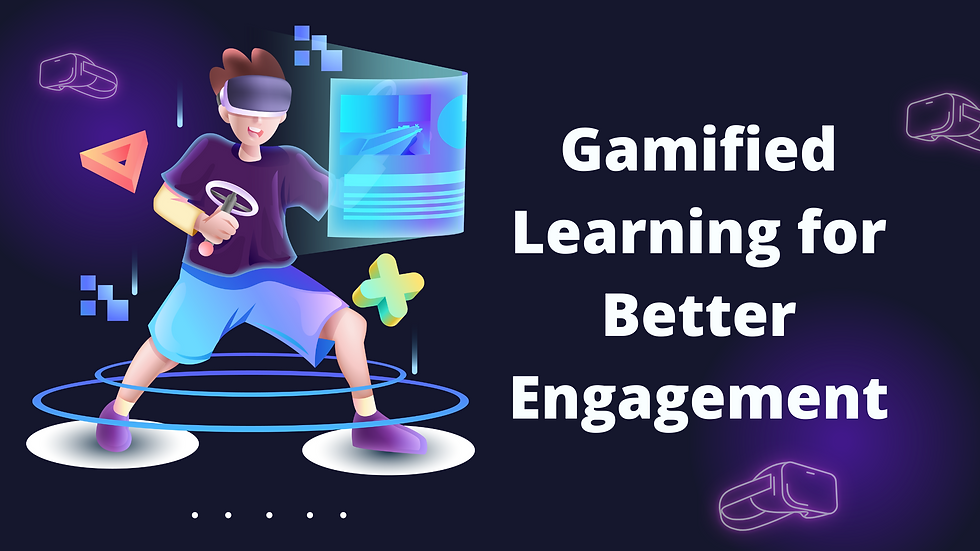5 Key Benefits of AI in Classroom Education That Every School Must Adopt
- Silvanus David
- Jan 29
- 3 min read
Updated: Feb 26

Artificial intelligence (AI) is reshaping industries across the globe. Schools also take measures to meet the demands of modern learning by using AI tools and other various technologies. AI education is transforming classrooms making learning more personalized, efficient, and useful. Understanding the benefits of AI education in classrooms is important for schools that look to equip their students with necessary skills.
In this blog, we’ll explore the top five advantages of AI in classrooms and why every school should consider adopting these advancements.
Table of Content:
1. Personalized Learning Experiences

Every student learns differently, and traditional teaching methods often fail to address the unique needs of each individual. One of the most significant benefits of AI education is its ability to deliver personalized learning experiences.
AI powered platforms can analyze student performance data to identify strengths and weaknesses. For instance, the learning software adjusts lesson plans based on students progress, ensuring they receive targeted support. This personalization not only boosts student confidence but also develops a deeper understanding of subjects.
As discussed in our blog “How AI is Transforming Schools and Enhancing Student Learning Experiences?”, AI tools enable educators to tailor their teaching strategies to understand each student’s learning method and style.
2. Enhanced Teacher Support
While AI is often seen as a tool for students, its impact on teachers is equally beneficial. AI reduces the workload for teachers allowing them to focus more on student engagement. Additionally, virtual teaching assistants powered by AI education provide real time support during lessons. These tools can answer student queries, recommend additional resources, and even provide feedback on assignments.
3. Improved Accessibility and Inclusivity
Another benefit of AI in classroom education is its role in making learning accessible to all students.
For example, text-to-speech software helps visually impaired students access written content, while real time translation tools enable non-native speakers to participate in lessons without difficulty. As highlighted in our blog “Why is AI Education a Necessity for School Students?”, AI ensures that no student is left behind by creating a supportive learning environment.
4. Gamified Learning for Better Engagement

Engaging students in traditional classrooms can be challenging, especially with the distractions of modern technology. AI addresses this issue by introducing gamified learning experiences that make education interactive and enjoyable.
Platforms like Tek play incorporate these elements to teach coding and AI concepts effectively. As discussed in “How to Make Coding Fun and Engaging for Beginners in School?”. Gamification makes complex subjects easy to understand for students of all ages.
5. Preparing Students for the Future Job Market
The rise of AI and automation has created a demand for skills like problem solving, coding, and critical thinking. Integrating AI education into school curriculums prepares students for the future job market by equipping them with these essential skills.
Teaching students how to interact with AI systems, analyze data, and write code ensures they are ready for the AI world. Moreover, by providing access to the right tools and platforms empowers students to explore different career opportunities.
6. Overcoming Challenges in AI Implementation




Comments